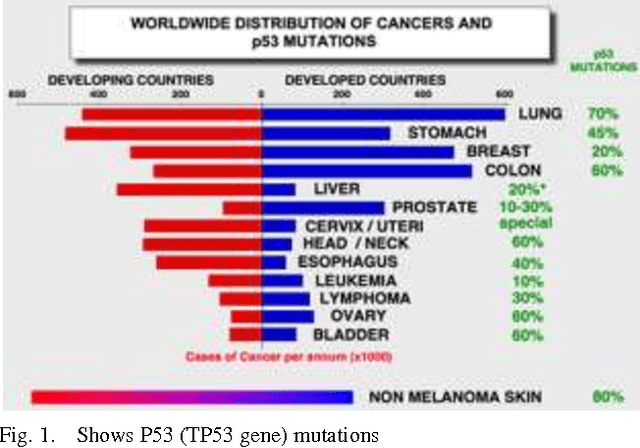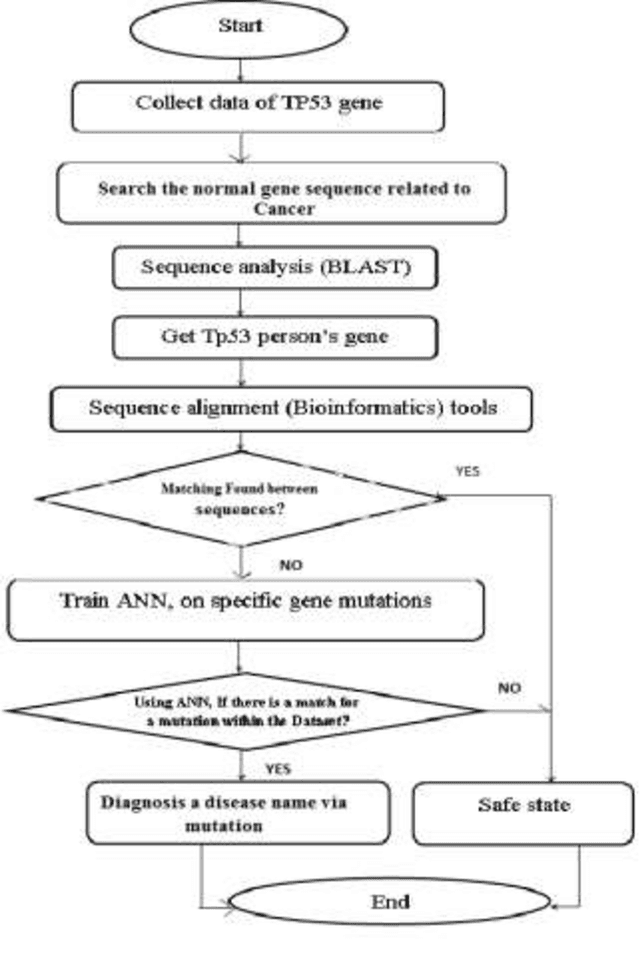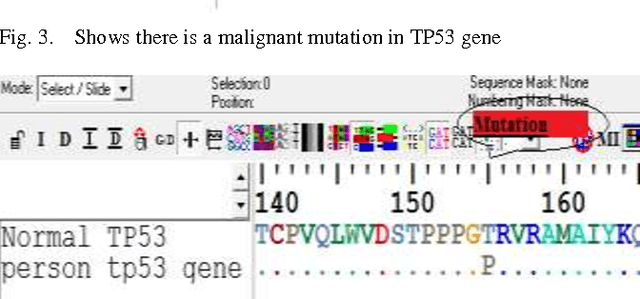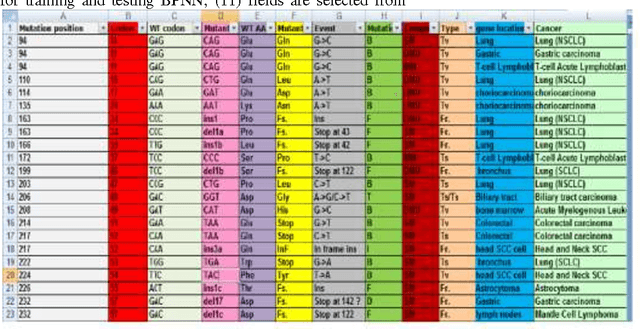Ayad Ghany Ismaeel
A Multi-Layer CNN-GRUSKIP model based on transformer for spatial TEMPORAL traffic flow prediction
Jan 09, 2025Abstract:Traffic flow prediction remains a cornerstone for intelligent transportation systems ITS, influencing both route optimization and environmental efforts. While Recurrent Neural Networks RNN and traditional Convolutional Neural Networks CNN offer some insights into the spatial temporal dynamics of traffic data, they are often limited when navigating sparse and extended spatial temporal patterns. In response, the CNN-GRUSKIP model emerges as a pioneering approach. Notably, it integrates the GRU-SKIP mechanism, a hybrid model that leverages the Gate Recurrent Unit of GRU capabilities to process sequences with the SKIP feature of ability to bypass and connect longer temporal dependencies, making it especially potent for traffic flow predictions with erratic and extended patterns. Another distinctive aspect is its non-standard 6-layer CNN, meticulously designed for in-depth spatiotemporal correlation extraction. The model comprises (1) the specialized CNN feature extraction, (2) the GRU-SKIP enhanced long-temporal module adept at capturing extended patterns, (3) a transformer module employing encoder-decoder and multi-attention mechanisms to hone prediction accuracy and trim model complexity, and (4) a bespoke prediction module. When tested against real-world datasets from California of Caltrans Performance Measurement System PeMS, specifically PeMS districts 4 and 8, the CNN-GRUSKIP consistently outperformed established models such as ARIMA, Graph Wave Net, HA, LSTM, STGCN, and APTN. With its potent predictive prowess and adaptive architecture, the CNN-GRUSKIP model stands to redefine ITS applications, especially where nuanced traffic dynamics are in play.
* 17 Pages, 18 Figures, 6 Tables
Traffic Pattern Classification in Smart Cities Using Deep Recurrent Neural Network
Jan 24, 2024Abstract:This paper examines the use of deep recurrent neural networks to classify traffic patterns in smart cities. We propose a novel approach to traffic pattern classification based on deep recurrent neural networks, which can effectively capture traffic patterns' dynamic and sequential features. The proposed model combines convolutional and recurrent layers to extract features from traffic pattern data and a SoftMax layer to classify traffic patterns. Experimental results show that the proposed model outperforms existing methods regarding accuracy, precision, recall, and F1 score. Furthermore, we provide an in depth analysis of the results and discuss the implications of the proposed model for smart cities. The results show that the proposed model can accurately classify traffic patterns in smart cities with a precision of as high as 95%. The proposed model is evaluated on a real world traffic pattern dataset and compared with existing classification methods.
* 18 pages, 6 figures, 3 tables
Takagi-Sugeno Fuzzy Modeling and Control for Effective Robotic Manipulator Motion
Nov 19, 2021

Abstract:Robotic manipulators are widely used in applications that require fast and precise motion. Such devices, however, are prompt to nonlinear control issues due to the flexibility in joints and the friction in the motors within the dynamics of their rigid part. To address these issues, the Linear Matrix Inequalities (LMIs) and Parallel Distributed Compensation (PDC) approaches are implemented in the Takagy-Sugeno Fuzzy Model (T-SFM). We propose the following methodology; initially, the state space equations of the nonlinear manipulator model are derived. Next, a Takagy-Sugeno Fuzzy Model (T-SFM) technique is used for linearizing the state space equations of the nonlinear manipulator. The T-SFM controller is developed using the Parallel Distributed Compensation (PDC) method. The prime concept of the designed controller is to compensate for all the fuzzy rules. Furthermore, the Linear Matrix Inequalities (LMIs) are applied to generate adequate cases to ensure stability and control. Convex programming methods are applied to solve the developed LMIs problems. Simulations developed for the proposed model show that the proposed controller stabilized the system with zero tracking error in less than 1.5 s.
Effective Data Mining Technique for Classification Cancers via Mutations in Gene using Neural Network
Aug 06, 2016



Abstract:The prediction plays the important role in detecting efficient protection and therapy of cancer. The prediction of mutations in gene needs a diagnostic and classification, which is based on the whole database (big dataset), to reach sufficient accuracy results. Since the tumor suppressor P53 is approximately about fifty percentage of all human tumors because mutations that occur in the TP53 gene into the cells. So, this paper is applied on tumor p53, where the problem is there are several primitive databases (excel database) contain datasets of TP53 gene with its tumor protein p53, these databases are rich datasets that cover all mutations and cause diseases (cancers). But these Data Bases cannot reach to predict and diagnosis cancers, i.e. the big datasets have not efficient Data Mining method, which can predict, diagnosis the mutation, and classify the cancer of patient. The goal of this paper to reach a Data Mining technique, that employs neural network, which bases on the big datasets. Also, offers friendly predictions, flexible, and effective classified cancers, in order to overcome the previous techniques drawbacks. This proposed technique is done by using two approaches, first, bioinformatics techniques by using BLAST, CLUSTALW, etc, in order to know if there are malignant mutations or not. The second, data mining by using neural network; it is selected (12) out of (53) TP53 gene database fields. To clarify, one of these 12 fields (gene location field) did not exists in TP53 gene database; therefore, it is added to the database of TP53 gene in training and testing back propagation algorithm, in order to classify specifically the types of cancers. Feed Forward Back Propagation supports this Data Mining method with data training rate (1) and Mean Square Error (MSE) (0.00000000000001). This effective technique allows in a quick, accurate and easy way to classify the type of cancer.
* 8 pages, 8 figures, 1 Table
 Add to Chrome
Add to Chrome Add to Firefox
Add to Firefox Add to Edge
Add to Edge